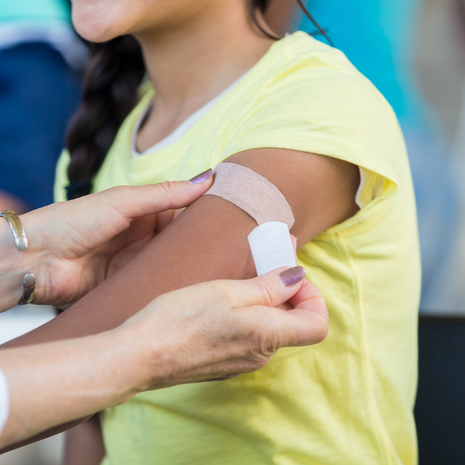
COVID-19 Resources




St. Luke's is here to help. For helpful advice, please use our symptom checker.
According to the CDC, people with these symptoms may have COVID-19:

St. Luke's recommends that everyone stay up to date with COVID-19 vaccines. We administer the Pfizer vaccine for patients ages 5 and up, and Novavax, a non-mRNA vaccine, for ages 12-plus. Children ages 6 months through 4 years will receive Moderna’s Spikevax.